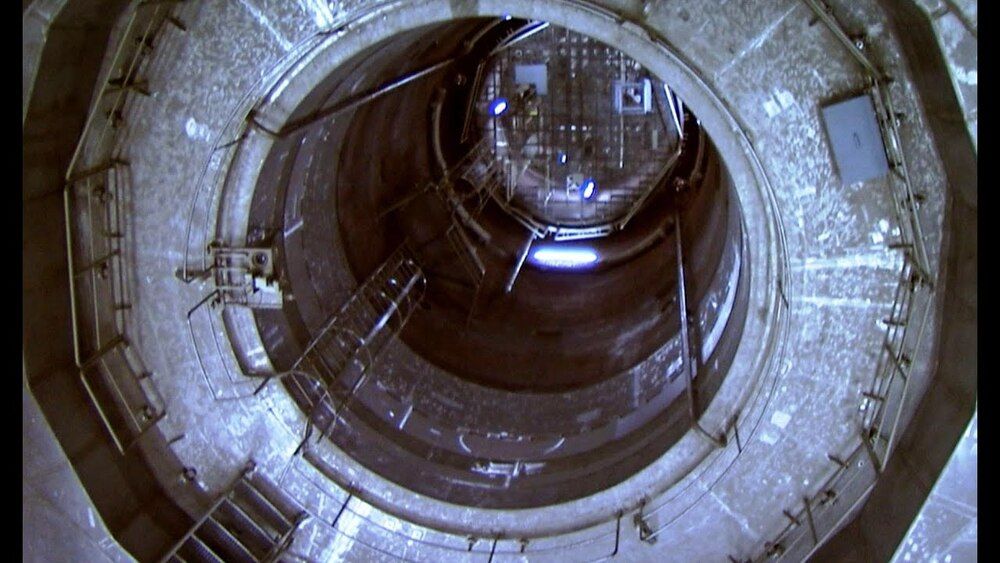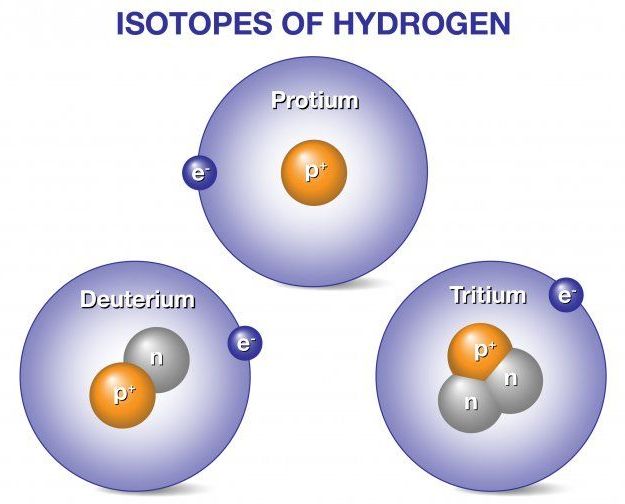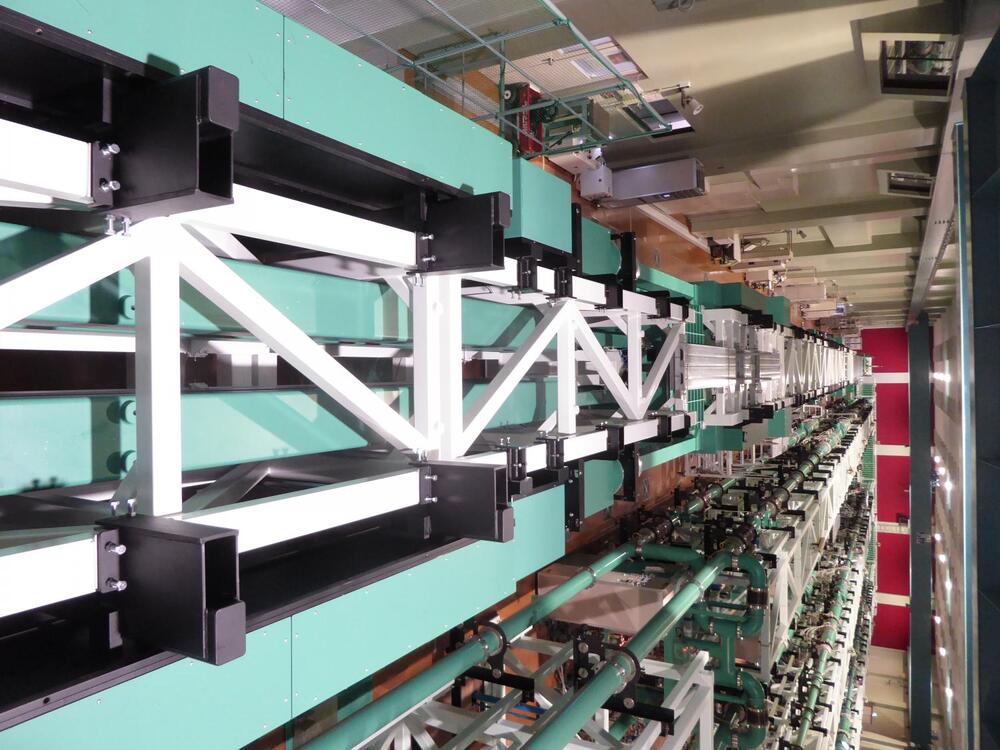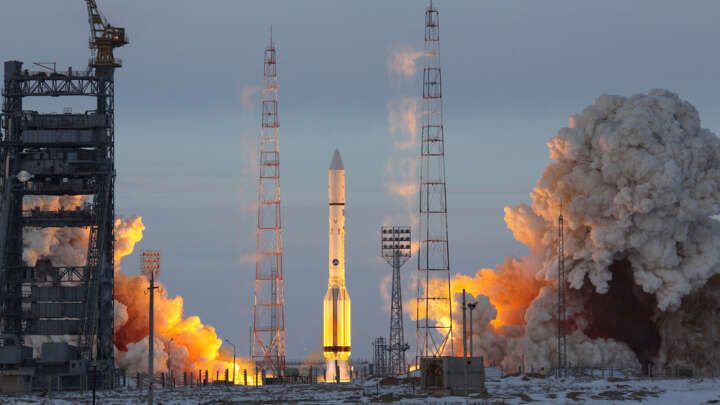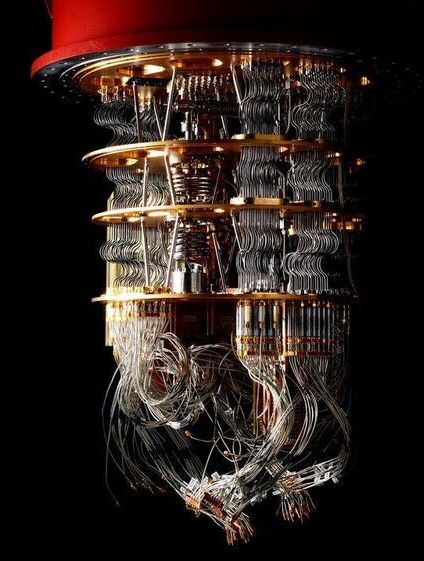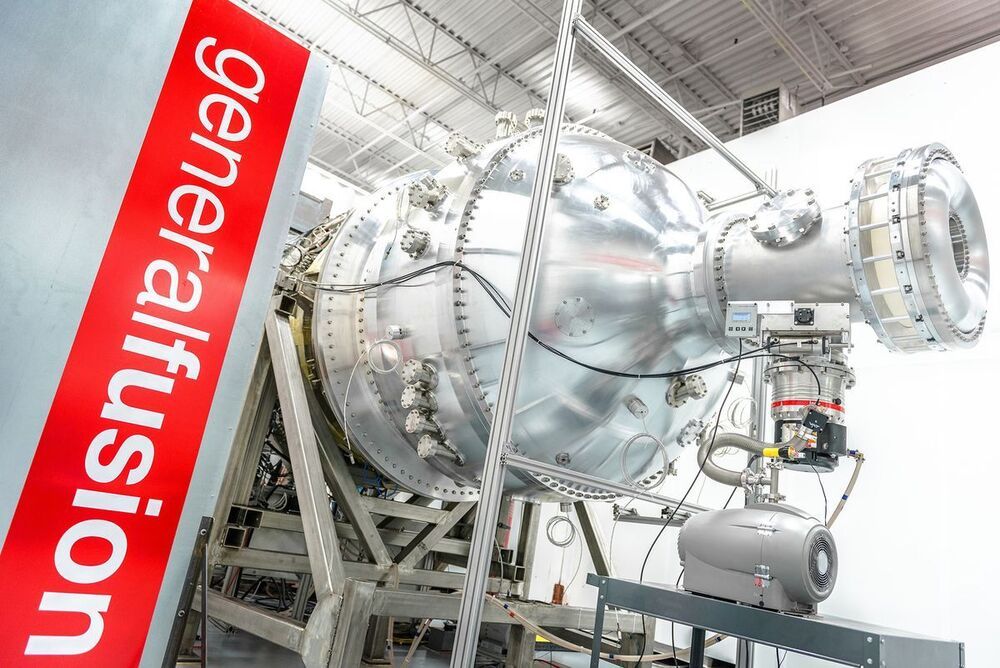Jul 5, 2021
Inside the Impossible Dream of the Nuclear-Powered 1958 Ford Nucleon
Posted by Quinn Sena in categories: engineering, nuclear energy, transportation
In 1958, Ford showed the world a car like it had never seen before, one powered by a small nuclear reactor. The Ford Nucleon, as it was christened, was envisioned as a car capable of driving more than 5000 miles between fueling stops, appealing to a postwar fixation with convenience that has dominated American consumerism since. Like some other midcentury nuclear fantasies, though, the Nucleon never came to fruition, in part due to engineering problems we still struggle with to this day.
Before we examine why the Nucleon could never be, let’s get a better grasp of the car itself, starting with its utterly comical dimensions. Ford’s press materials envisaged the Nucleon stretching 200.3 inches long and 77.4 wide, making it as long as the new Ford Maverick compact pickup, but slightly wider. Its roof was said to measure just 41.4 inches high, making it less than an inch taller than the legendarily low-slung Ford GT40.
